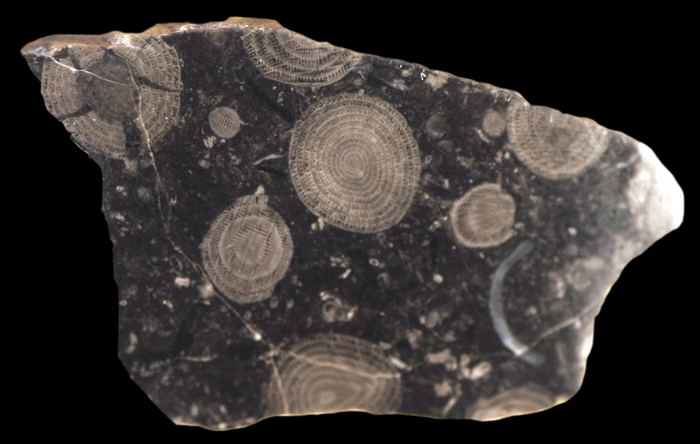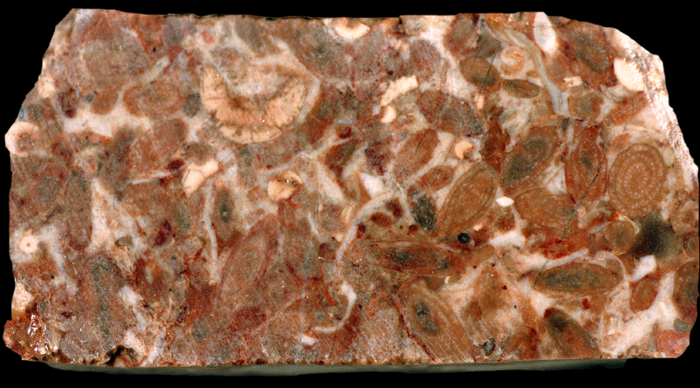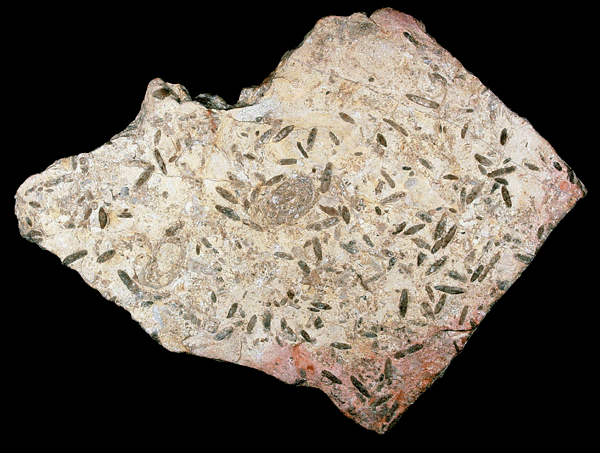 |
 |
 |
Fusulinids are one-celled protozoans which evolved
very early in geologic history and then stretched out all the way from
the cambrian to the the tertiary, when they were finally extinguished
forever. They were very plentiful in their time, and their species
are found all over the world. |
 |
 |
| Psudoschwagerina in the Pennsylvanian. |
 |
Fusulina is found in the Pennsylvanian |